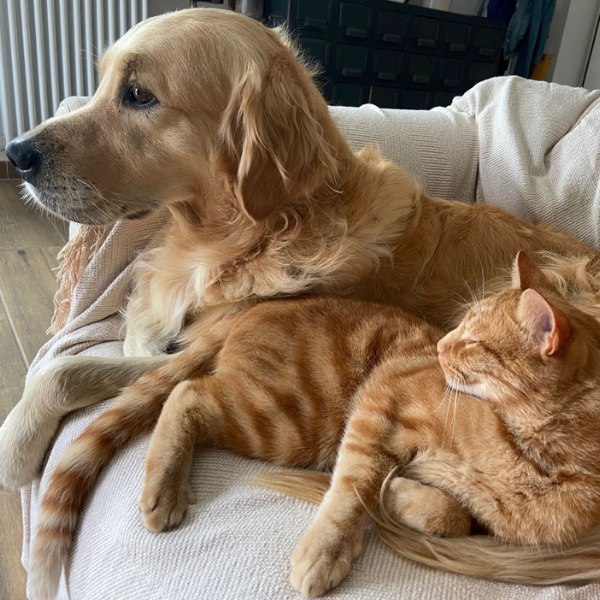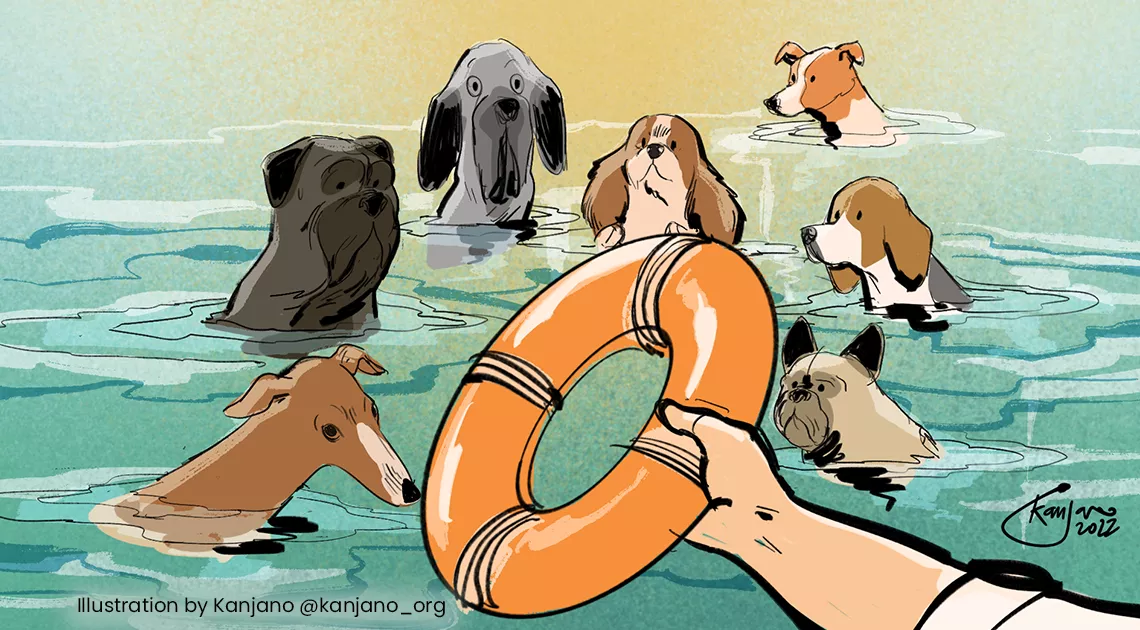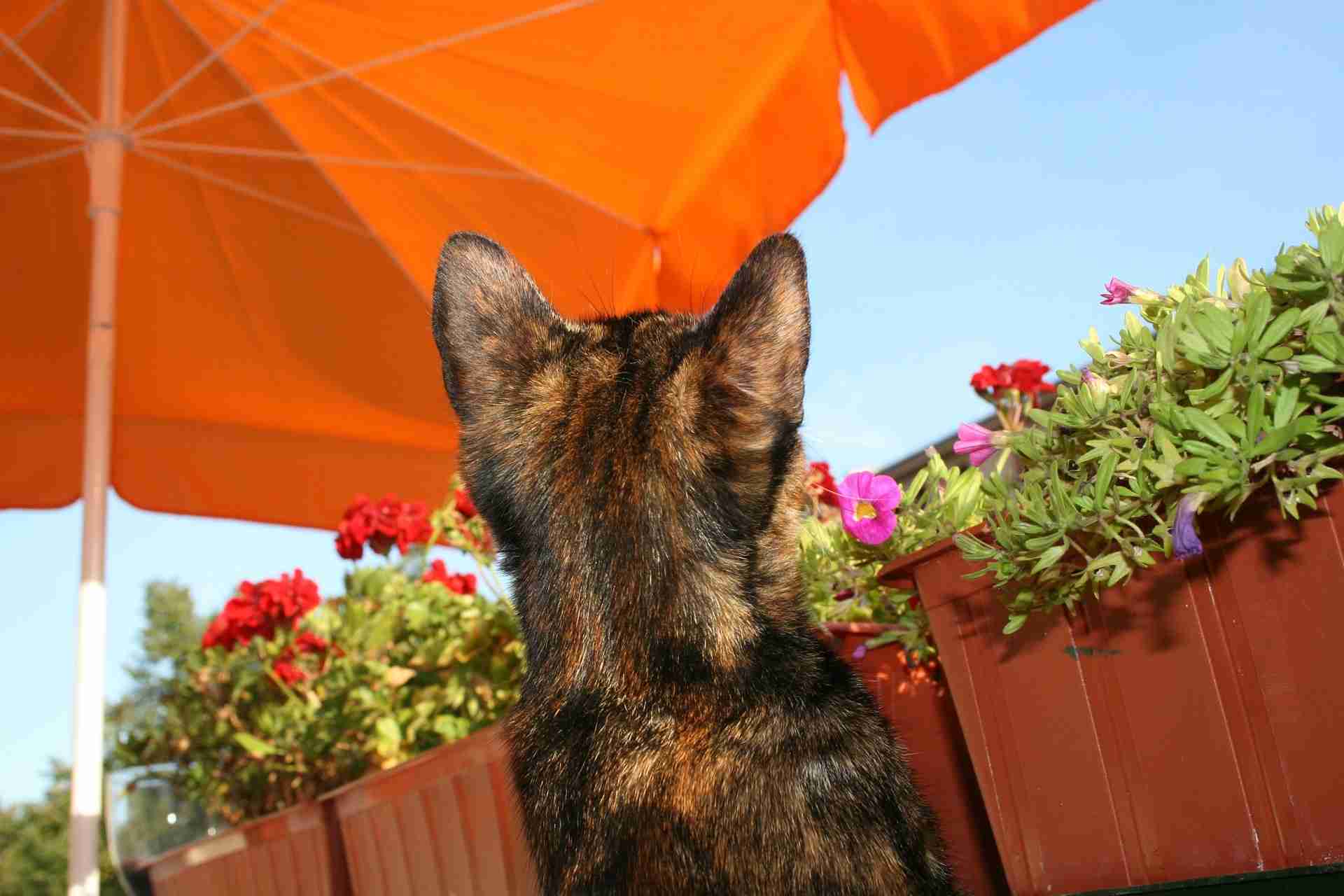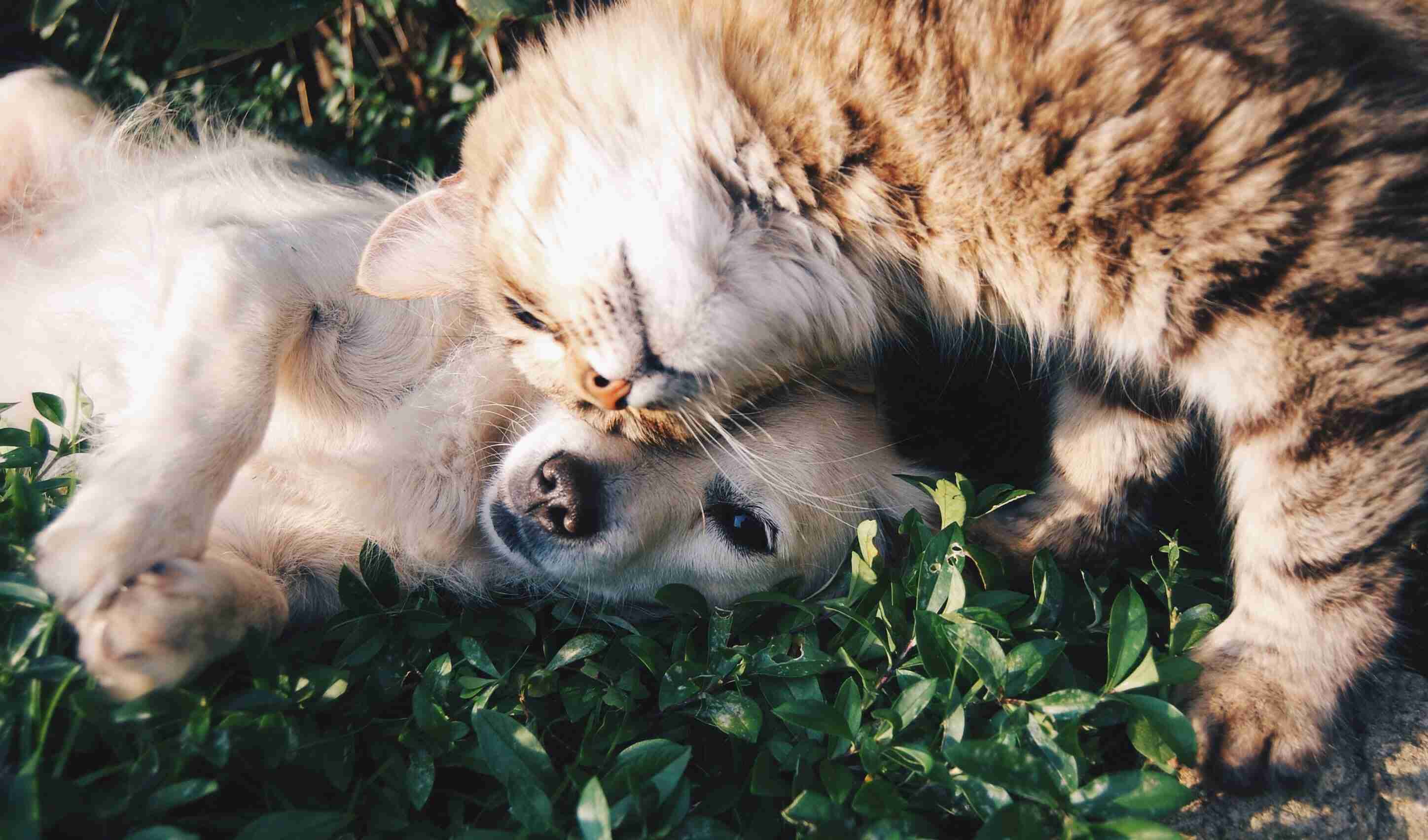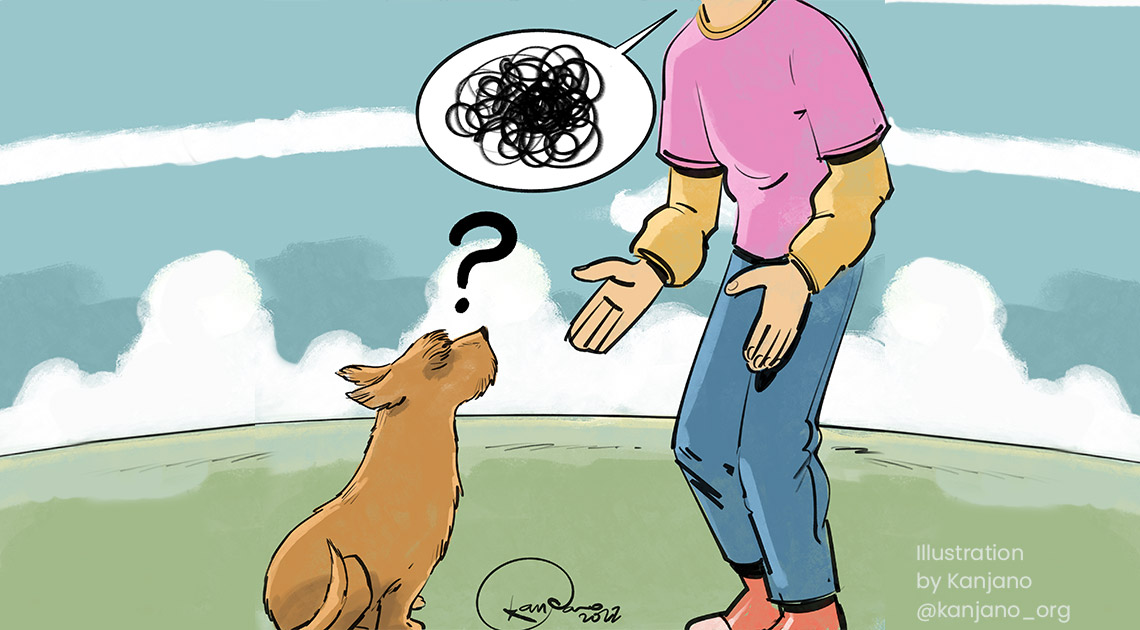Why dogs tremble: the behaviour explained

Posture and proxemics of dogs: essential background information
If we want to understand the body language of our dog, we must first observe their posture - body position - paying particular attention to the ears, limbs and tail. Proxemics - the movement of the dog - identifies the type of approach: a direct approach indicates self-confidence or defiance while an indirect approach, taking a semi-circular trajectory, represents tranquillity.Dogs and trembling: the moods and attitudes it portrays
When dogs tremble, it can indicate a wide range of feelings such as fear , discomfort, excitement or happiness. So how do we understand what our four-legged friend is feeling? Here are some pointers:- Fear or anxiety: the dog assumes a curled up and crouched position, its tail underneath, its ears flat against the head or back, you may even notice a dull growl or a lifting of the lips exposing the teeth. If, when we return home, the dog greets us adopting a low stance, looking away and trembling, it is likely our attitude towards him is the cause of his anxiety. This can happen in dogs that have been destructive in our absence and are scolded when we return.
- Excitement or happiness: the dog's tail is carried high and wagging, the pup is standing or jumping, inviting us to play. The dog is in a state of high arousal, this behaviour is observable when the dog is enjoying pleasant experiences, such as a game or meeting dogs he knows well and he gets along with.

